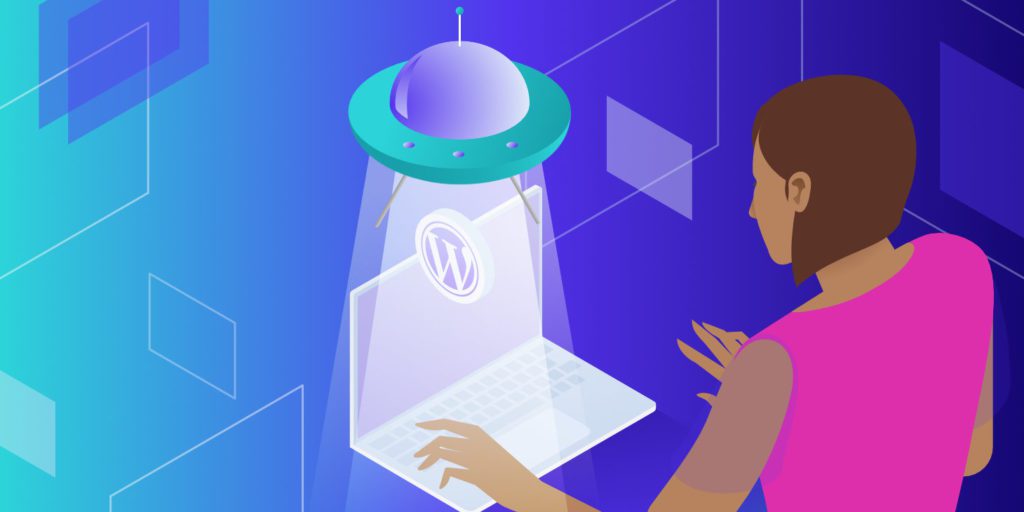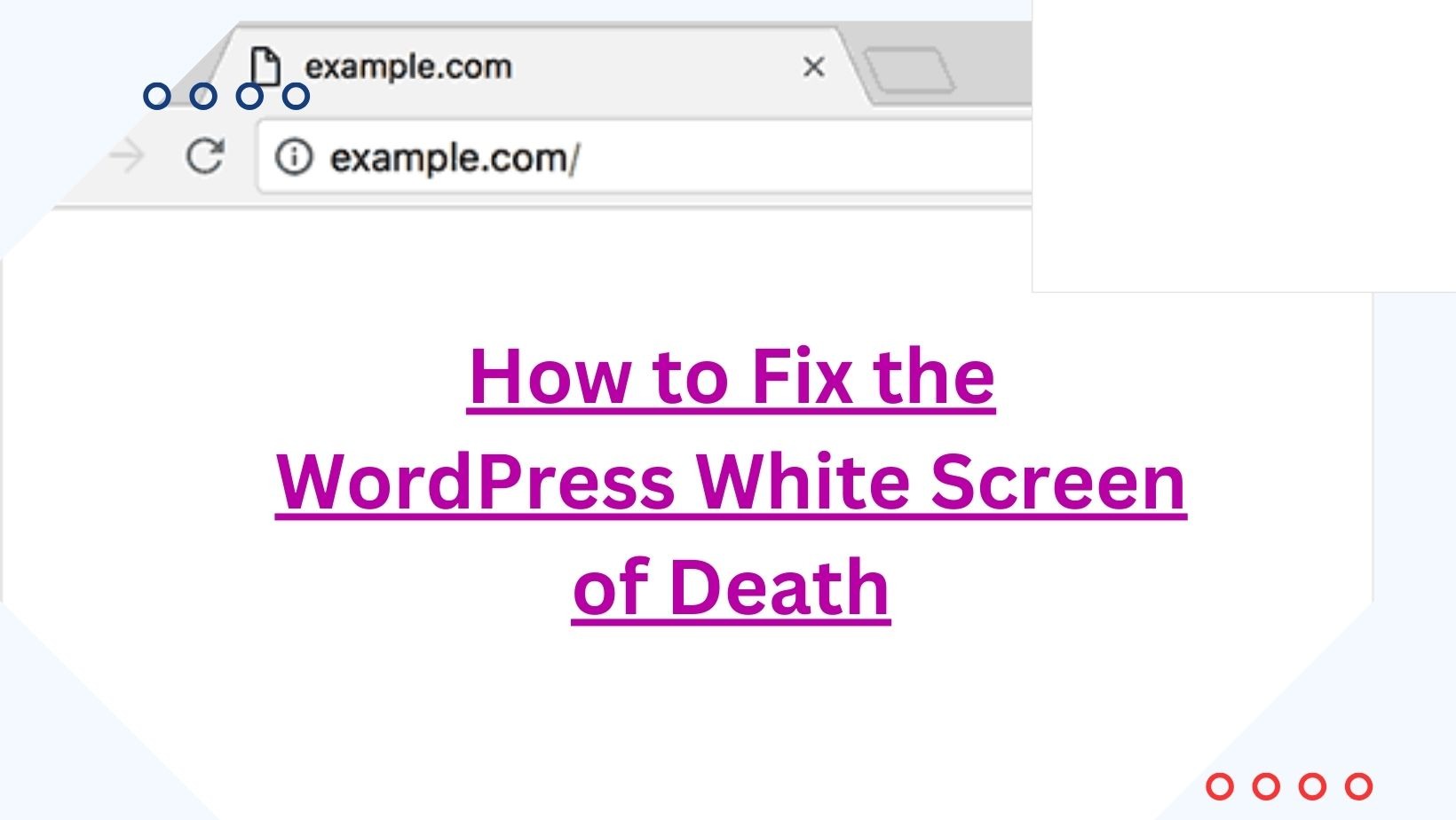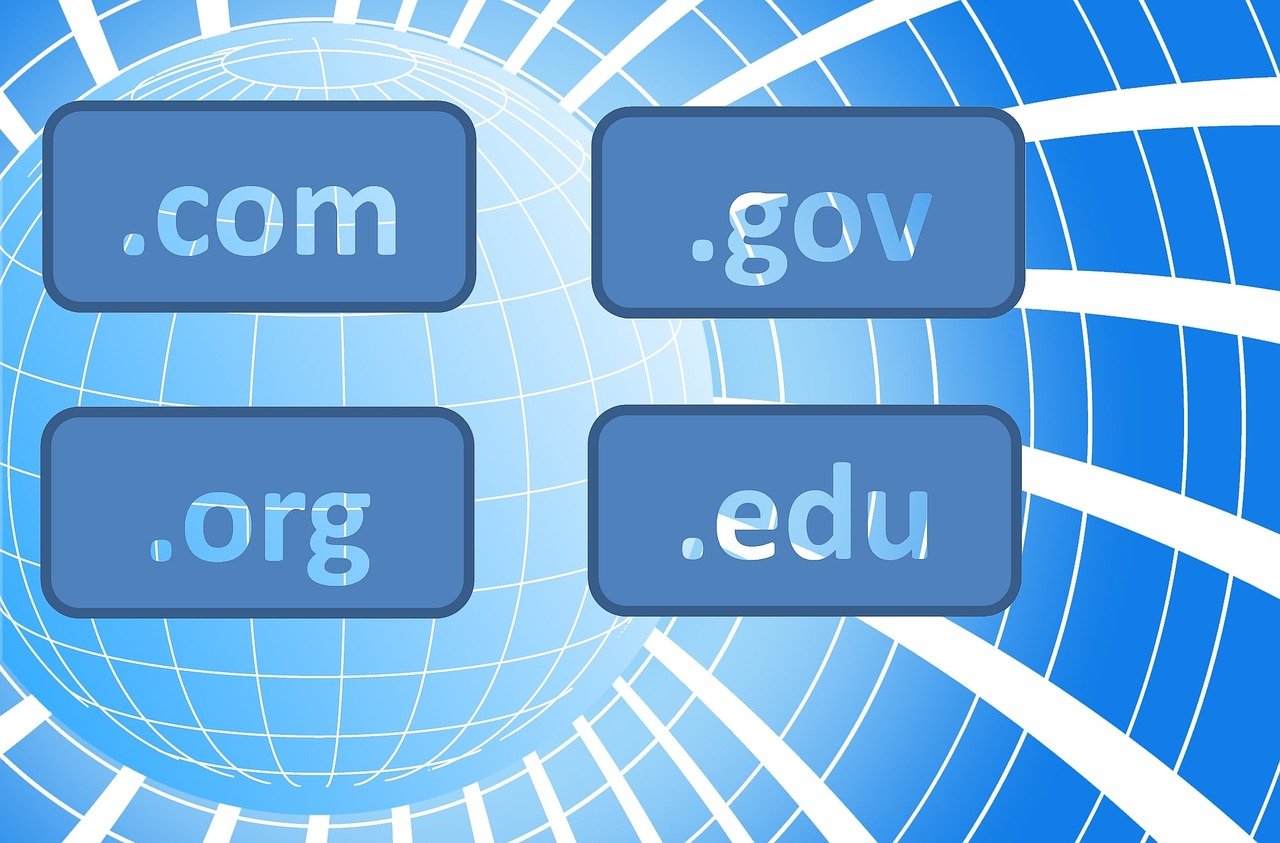1) Syntax Error: This error occurs when there is a syntax error in your code. To fix this, check the code for any typos or errors and correct them.
2) Internal Server Error: This is usually caused by a problem with the server configuration which can be fixed by increasing the PHP Memory Limit or disabling plugins/themes.
3) Connection Timed Out Error: This occurs when your website takes too long to respond and causes a timeout in communication between it and the server. To resolve this issue, increase your hosting plan’s maximum execution time limit or contact your web host directly for assistance.
4) 404 Not Found Error: This happens when you try to access an URL that does not exist on your site.
You should create redirects from old pages to new ones if needed, clear cache files regularly and make sure all URLs are pointing correctly within WordPress settings.
WordPress is an incredibly powerful platform, but it’s also prone to errors. Thankfully, many of these errors are common and easily fixable. In this blog post, we’ll look at 40 of the most common WordPress errors and discuss how you can go about fixing them.
We’ll cover everything from memory limits to database connection issues so that you can get your website up and running as quickly as possible.

Credit: wordpress.com
How Do I Fix Errors on My WordPress Site?
If you’re having trouble with errors on your WordPress site, the first step is to identify what type of error it is. Common errors include a white screen or 404 not found error. Once you’ve identified the specific issue, there are several steps you can take to make repairs and get your website back up and running.
For a white screen, this could mean restoring an earlier version of the page or plugin causing the problem. If it’s a 404 not found error, try deactivating plugins one by one until the page works properly again. It may also be helpful to clear your browser’s cache and cookies in case outdated files are causing issues with loading pages correctly.
Additionally, if possible try switching themes temporarily while troubleshooting as some themes can cause problems too when they conflict with other elements of your website such as plugins or code snippets added to functions file etc.. If all else fails, reaching out for professional help from experienced developers might be necessary so that deeper analysis into root causes can be done quickly and efficiently for longterm solutions rather than short-term fixes which may have limited impact over time due to underlying issues left unaddressed.
What is the Biggest Problem in WordPress?
The biggest problem in WordPress is arguably the lack of security. With such an open source platform, it is vulnerable to malicious attacks from hackers and malware which can result in data loss or website disruption. WordPress doesn’t have a built-in system for detecting and preventing these kinds of threats, so users need to be vigilant about keeping their websites up-to-date with the latest security patches and utilizing strong passwords.
Additionally, some plugins used on WordPress sites may not be properly coded or regularly updated which can lead to further issues like compatibility problems or more vulnerabilities. It’s therefore important that users are mindful of what plugins they are installing as well as any updates being released by developers so that they can avoid any potential problems before they even arise.
How Do I Clear Errors in WordPress?
Clearing errors in WordPress can be a daunting task for beginners, but it is an essential part of keeping your website running smoothly. Fortunately, there are several steps you can take to troubleshoot and fix common issues. First, make sure that the error isn’t caused by a plugin or theme conflict; if this is the case, try deactivating all plugins and switching to a default theme like Twenty Nineteen.
If that doesn’t work, check your debug logs – they will often provide insight into what went wrong and how to fix it. Another useful tool is the Health Check & Troubleshooting plugin which will scan your site for potential problems. Finally, if these steps don’t help solve the issue then you should contact support from either WordPress itself or any third-party services you may be using (such as hosting).
With patience and persistence most errors can eventually be resolved!
How Do I Resolve Top 8 Common Errors in WordPress?
WordPress is a powerful content management system that can be used to create beautiful websites. However, like any other software, it has its share of common errors and problems. In this blog post we will discuss the top 8 common WordPress errors and how to resolve them.
The first issue many people encounter when using WordPress is the infamous “white screen of death” or WSOD. This error occurs when something in your code causes PHP memory limit exhaustion. To fix this problem you need to increase the memory limit by editing wp-config.php file or contact your hosting provider for more help.
Another issue is dealing with Internal Server Errors (500). This could happen due to incorrect .htaccess file configuration, corrupted plugins/themes or insufficient server resources such as low RAM or CPU power etc..
To resolve this problem you should try disabling all plugins, switching back theme to default themes such as Twenty Sixteen / Seventeen etc., clearing browser cache and checking .htaccess configurations if needed. If nothing works then you may want to contact your host support team for further assistance on resolving these issues on their end.
Thirdly, a very common WordPress error people experience are Syntax Error messages showing up in the frontend of their website instead of displaying properly formatted pages which usually indicates an error in either coding syntax / structure within your theme files or plugin codes which needs debugging & fixing before it works again normally – best way here would be contacting professional developers who understand coding better than layman users do! Lastly but not least important; if none above helps then try increasing WP_MEMORY_LIMIT value inside wp-config php file from default 64 MB upto 128MB (or higher) depending upon what’s available at hosting side – this might provide extra breathing room for running scripts without failing due too limited resource access!
ScalaHosting – 40 Common WordPress Errors and How to Fix Them
WordPress Error Fix
If you have encountered an error while using WordPress, there are several steps you can take to help fix the issue. First, check for any updates that may be available as these may resolve the problem. If this is not successful, try disabling all plugins and switching to a default theme to see if the issue persists.
It’s also possible that the source of your problem lies in one of your files or configurations; look through those for errors or conflicts. Finally, if nothing else works, reach out to a knowledgeable WordPress developer who can troubleshoot and solve your issue more quickly and efficiently than attempting it on your own.
WordPress Problems Today
WordPress is an incredibly powerful and popular platform, but like any software it’s not immune to problems. Today, the most common WordPress issues are due to plugin and theme conflicts, compatibility issues with web browsers, slow loading pages caused by poorly configured caching plugins or too many heavy scripts running on a page at once, and regular maintenance tasks such as updating core files and keeping plugins up-to-date. Keeping an eye on your website for these types of issues can help ensure your site runs smoothly for visitors.
WordPress Display Error Message
When developing a website using WordPress, an error message may occasionally be displayed. This occurs when there is a problem with the code of the page and it cannot be loaded correctly. The most common type of error message is the “Syntax Error”, which indicates that there is something wrong with the coding syntax of your page or theme file.
Other errors may also occur depending on how WordPress has been configured, such as database connection errors or missing files. If you encounter an error message while working in WordPress, it’s important to take action to resolve it quickly so that your site can return to full functionality.
How to Fix WordPress Critical Error
Fixing a WordPress critical error can be tricky, however there are some steps you can take to get your site back up and running. First, check for any plugin or theme updates that may have been released since the error occurred; this could potentially resolve the issue. Additionally, if you suspect a specific plugin is causing issues on your site, try deactivating it temporarily to see whether this resolves the problem.
If neither of these solutions works, reach out to your hosting provider or an experienced developer who can help troubleshoot and fix the issue more thoroughly.
WordPress Troubleshooting Plugin
WordPress Troubleshooting Plugin is a helpful tool that enables users to quickly and easily identify common issues with their WordPress website. This plugin helps users diagnose problems such as broken links, unresponsive themes, missing files, and more. It also provides in-depth reports on the overall health of your site, which can help you make informed decisions about maintaining your website.
By using this plugin, users can save time and hassle by quickly troubleshoot any issue they may have with their WordPress site.
WordPress Issues
WordPress is incredibly popular for creating websites and blogs, but it can also present issues when trying to manage a site. Common WordPress issues include trouble with plugins, slow loading times, security flaws, and hosting problems. To combat these problems, be sure to keep your WordPress version up-to-date and use reliable plugins from trusted sources.
It’s also important to back up your website regularly in case of any unforeseen technical difficulties that may arise.
How to Solve Internal Server Error 500 in WordPress
If you’re running a WordPress site, it can be frustrating to encounter an Internal Server Error 500. Fortunately, there are several steps you can take to try and troubleshoot the issue. First, check your .
htaccess file for any incorrect code; if found, remove it or replace it with the default WordPress .htaccess rules. Next, increase your memory limit in wp-config.php by adding define(‘WP_MEMORY_LIMIT’, ‘256M’); Once this is done, disable all plugins on your site and switch to the default theme (Twenty Seventeen).
If that solves the problem then re-activate each plugin one at a time until you find which one caused the error. Finally consider contacting your hosting provider’s support team as they may have additional insight into server configurations causing issues with your WP install.
Conclusion
This blog post has provided a great overview of some of the most common WordPress errors and how to fix them. With this information, you should have a better understanding of what causes these issues and how to identify them. By taking the time to troubleshoot any potential problems, you can prevent your site from crashing or performing poorly.
Having this knowledge also allows you to quickly respond when something does go wrong with your website, ensuring that downtime is kept to a minimum and performance remains optimal.



